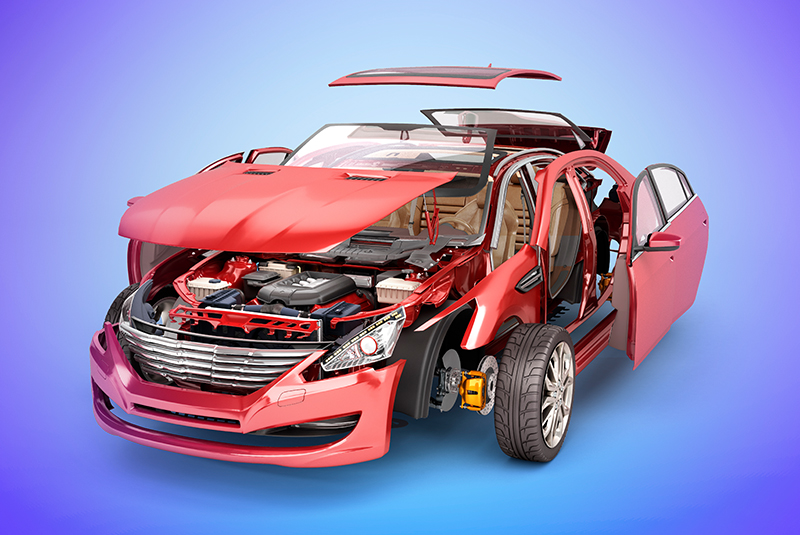
The collision repair industry is facing an era of rapid change. From rising operational costs to parts shortages and evolving vehicle technology, auto body shops and repair centers are being pushed to adapt faster than ever before.
For business owners and repair professionals, navigating this complex landscape requires proactive planning, strategic sourcing, and the smart use of technology.
What’s Driving the Disruption in Collision Repair?
Several key trends are reshaping the way body shops operate today:
- Increased vehicle complexity: Modern vehicles are packed with advanced safety and driver-assistance technologies (ADAS), making repair work more intricate, time-consuming, and expensive.
- Supply chain instability: Global supply chain issues and potential tariff-related disruptions are making it harder—and costlier—to secure necessary parts and tools.
- Higher parts rates: With more components involved in each repair, the demand for replacement parts—OEM, aftermarket, and recycled—has skyrocketed.
- Extended repair timelines: Sophisticated vehicle structures and delayed parts availability often lead to longer repairs, tying up bays and increasing rental car costs.
While innovations in vehicle technology have made cars safer and more efficient, they’ve also introduced a new layer of difficulty to collision repair—forcing body shops to rethink how they manage workflow, costs, and customer satisfaction.

How Collision Shops Can Stay Ahead
To remain competitive in today’s market, shop owners must stay agile and responsive. That means:
- Monitoring operational costs closely
- Improving technician productivity with talent-focused tasks
- Finding trustworthy sources for alternative parts
- Leveraging technology to streamline the repair estimating process
Smarter Parts Sourcing: Staying Competitive in a Changing Industry
One of the most effective ways to minimize repair delays and cost overruns is by optimizing your auto parts sourcing strategy. Today, many shops are struggling with backordered parts, inconsistent pricing, or delayed deliveries. That’s why many forward-thinking owners are turning to trusted partnerships and digital tools.

By embracing technology, collision shops can more easily locate and compare alternative parts—without leaving their workflow. Solera’s APU PartsNetwork is an up-to-date, integrated parts sourcing solution that helps shops find the best available parts—fast. It connects to a national network of OE surplus, aftermarket, recycled, and reconditioned parts suppliers, delivering:
- 24/7 access to live inventory
- Cost visibility directly in the estimating system
- Faster sourcing to help reduce repair cycle times
- Broader selection to minimize parts bottlenecks
The challenges facing the collision repair industry are real—but so are the solutions. By adapting quickly, sourcing parts smarter, and using tools like APU PartsNetwork, shops can reduce downtime, control costs, and elevate customers satisfaction.
Interested to find out more? Fill out the form below.